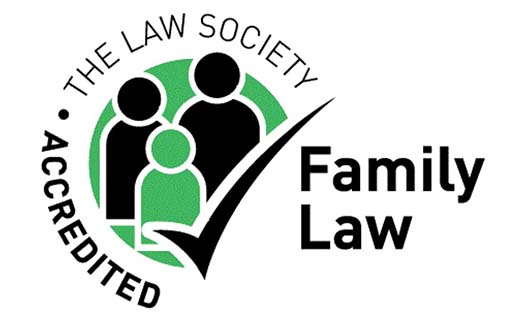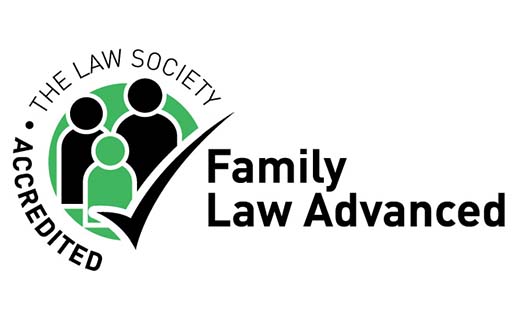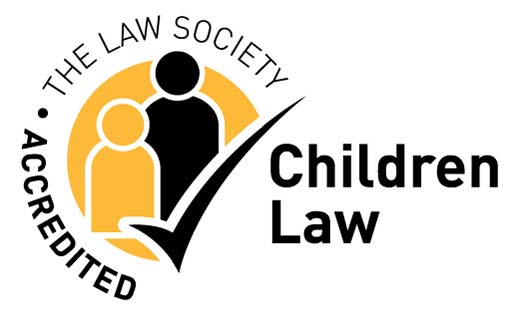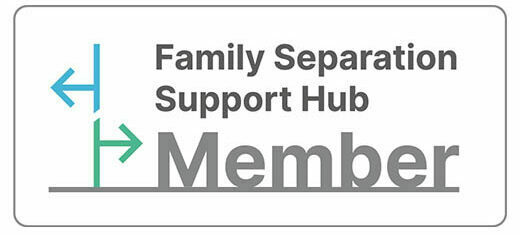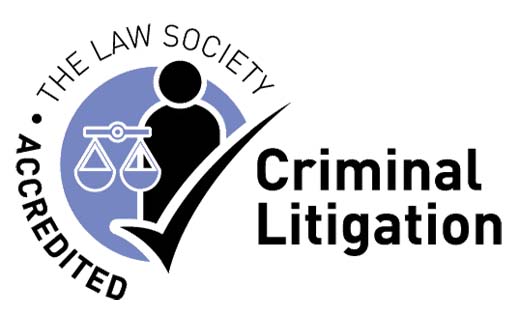It’s a sad reality that one in five adults will experience some form of domestic abuse during their lifetime. The latest figures show that 2.1 million people over the age of 16 experienced domestic abuse for the year ending March 2023 – a figure that has remained broadly the same since 2000.
What is Clare’s Law?
The Domestic Violence Disclosure Scheme (DVDS), more commonly known as Claire’s Law, was implemented in 2014 following a three-year pilot. It applies to all police forces in England and Wales. Claire’s Law enables police officers to disclose information to victims (or potential victims) of domestic violence about their partner’s criminal history, especially as it pertains to any prior convictions for domestic violence or assault.
Prior to the introduction of Claire’s Law, police officers held common law powers to share details of previous charges or convictions. This could be done where there was a pressing need for that information to be shared to prevent a crime taking place. However, there wasn’t a standard framework in place for that disclosure to be made. This lack of formal guidance meant that in some cases, victims did not receive information about their partners which could have protected them from domestic abuse or domestic violence.
This was the case with Claire Wood, who was murdered by her former partner George Appleton, after she had made numerous police reports about him.
George had a lengthy police record which included previous instances of abuse against multiple women. He had also served three prison sentences. Claire was murdered in February 2009. During the murder investigation, Claire’s family discovered George’s history of violence towards women and campaigned for the law to be changed to protect others in the future.
How Can You Apply for Clare’s Law and What Information Can You Obtain?
Claire’s Law allows you to obtain information relating to previous legal convictions held by your current or ex-partner.
You can apply for information to be disclosed to you under Claire’s Law if you’re concerned that your former or current partner poses a danger to you now. You can also use Claire’s Law if you’re worried that the current or former partner of a friend or family member has a history of abuse which places them at risk.
There are two parts to Claire’s Law:
- The right to ask: the individual or a relevant third party can ask the police to check the background of a partner or former partner for any instances of abusive or violent behaviour.
The right to know: Under the right to know, a police offer may disclose information on their own initiative. There must be a credible risk of violent behaviour towards the person’s current or former partner for the police offer to disclose that information.
There are several ways to apply for information to be disclosed under Claire’s Law. It’s possible to make a request online, in person at a police station, or by calling the non-emergency number 101.
To make the request, you’ll provide basic information such as name, address, and phone number. You’ll also need to confirm the nature of your relationship with your partner. Initial checks will be carried out to establish if there is an immediate cause for concern. If the police establish that there is a threat of immediate harm, they will take appropriate action to protect you.
If no immediate risk of harm is detected, you may then need to attend a follow-up meeting. This allows for more information to be gathered. Further checks will be made, with the process taking around 35 days. If the police determine that information should be disclosed to prevent a crime taking place, a disclosure will be made to you.
What shows up on Clare’s Law?
After an application is made under Claire’s Law, the police will check to see if the person of concern has a history of domestic abuse or violence, including:
- Previous convictions for domestic violence or abuse.
- Repeated instances of domestic violence or abuse.
- Reports of previous concerning behaviour that didn’t lead to a conviction.
- Patterns of concerning behaviour such as stalking or coercive control.
What Are the Key Benefits and Implications of Clare’s Law for Personal Safety and Awareness?
Claire’s Law is an important step forward in the prevention of domestic abuse and domestic violence. It allows anyone with concerns about their partner’s past to request details of previous abusive or violent behaviour. This allows victims and potential victims to be proactive about their personal safety and make an informed decision as to whether or not they wish to leave a relationship with someone who has a history of abusive behaviour.




